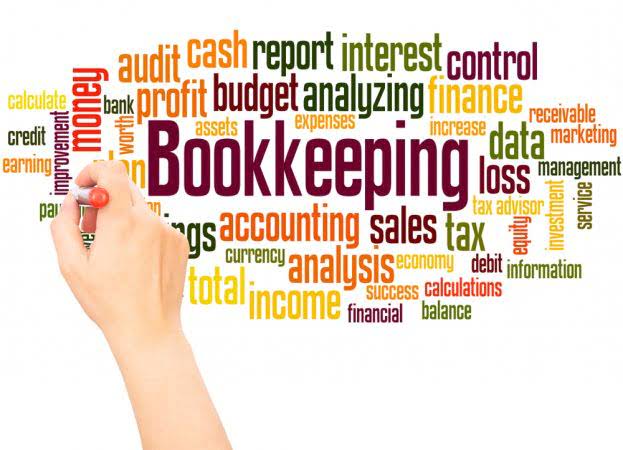
The bank would deduct the monies from the company’s checking account if a deposit check did not have sufficient funds. Due to mistakes in bank transactions that need to be fixed, the book balance and bank balance may occasionally change. If there weren’t enough funds on a check that was part of a deposit, the bank would take the money from the business’s checking account. For instance, if a business issued multiple checks, those sums would be shown in the book balance and would be compared to the cash balance in the bank account at the conclusion of the accounting period. Transactions such as checks written or deposits made may not be immediately reflected in the bank’s records. This lag can cause temporary differences that need to be reconciled once the bank processes these transactions.
Great! The Financial Professional Will Get Back To You Soon.
Financial executives seeking to portray a company favorably strive to maximize publicly reported book income. When you do a bank reconciliation, you first find the bank transactions that are responsible for your books and your bank account being out of sync. If you use the accrual system of accounting, you might “debit” your cash account when you finish a project and the client says “the cheque is going in the mail today, I promise! Then when you do your bank reconciliation a month later, you realize that cheque never came, and the money isn’t in your books (even though your bookkeeping shows you got paid). Bookkeeping is broadly defined as the recording of financial transactions for a business. It’s a key component of the accounting process and can be done as frequently as daily, weekly or monthly.
What is the single-column cash book?

The book balance is the in-house general ledger record of the same account. First, the opening and closing balances of the cash book are not posted. The cash column’s total on the debit side will always exceed the total of the credit side.
Cash Book and Bank Statement FAQs
- The first step you’ll need is a business bank account, which allows you to keep your personal and business expenses separate.
- At the end of an accounting period, the book balance is reconciled with the bank statement to determine if the cash in the bank account matches the book balance.
- An important difference between a manual and an electronic accounting system is the former’s latency between the recording of a financial transaction and its posting in the relevant account.
- Bank account service charges might have been deducted from a company’s bank account throughout and at the end of the month.
- Then, you must not worry because we are here to help you out with it.
- This is an important investing figure and helps reveal whether stocks are under- or over-priced.
- The goal is to identify and resolve any discrepancies between the two sets of records.
We’ll take bookkeeping completely off your hands (and deal with the bank reconciliations too). Consider when or why you might need to look back through your financial records for your bank reconciliation, and which method of recording will make the task easier for you based on how you keep book balance your records. Any credit cards, PayPal accounts, or other accounts with business transactions should be reconciled. After you have a bookkeeping system in mind, the next step is to pick an accounting software. Spreadsheets, such as Microsoft Excel, can be used for simple bookkeeping.

More commonly, entrepreneurs use comprehensive accounting software like QuickBooks that can handle a larger volume of transactions and provide a deeper analysis. QuickBooks Live Expert Assisted can help you streamline your workflow, generate reports, and answer questions related to your business along the way. One of the most important aspects of financial transactions is recording them accurately. This involves keeping track of all the money that comes in and out of a business. Financial transactions are business activities that involve money, such as sales, expenses, and payments.

Bank Reconciliation
It is also known as the balance per bank or balance per bank statement. Typically it is the ending balance on the bank statement for each month. As a result, Company ABC must keep track of its pending debits and credits to manage its cash flow activities to ensure it has enough funds to operate. When a payment is made, an original receipt is obtained from the payee. This receipt is called a credit voucher because it supports entries on the credit side of the cash book.
What is Balancing the Books? (with Examples)

Book value in this definition is determined as the net asset value of a company calculated as total assets minus intangible assets and liabilities. There is also a book value used by accountants to value the assets owned by a company. This differs from the book value for investors because it is only used internally for managerial accounting purposes.

The evolution of bookkeeping
- In banking and accounting, the balance is the amount of money owed (or due) on an account.
- For every entry recorded in the cash book, there must be a proper voucher.
- One of the primary reasons for differences between these two balances is the timing of transactions.
- This is to confirm that all uncleared bank transactions you recorded actually went through.
- And technologies like optical character recognition (OCR) and bank feeds have come just short of fully automating the traditional bookkeeping process.